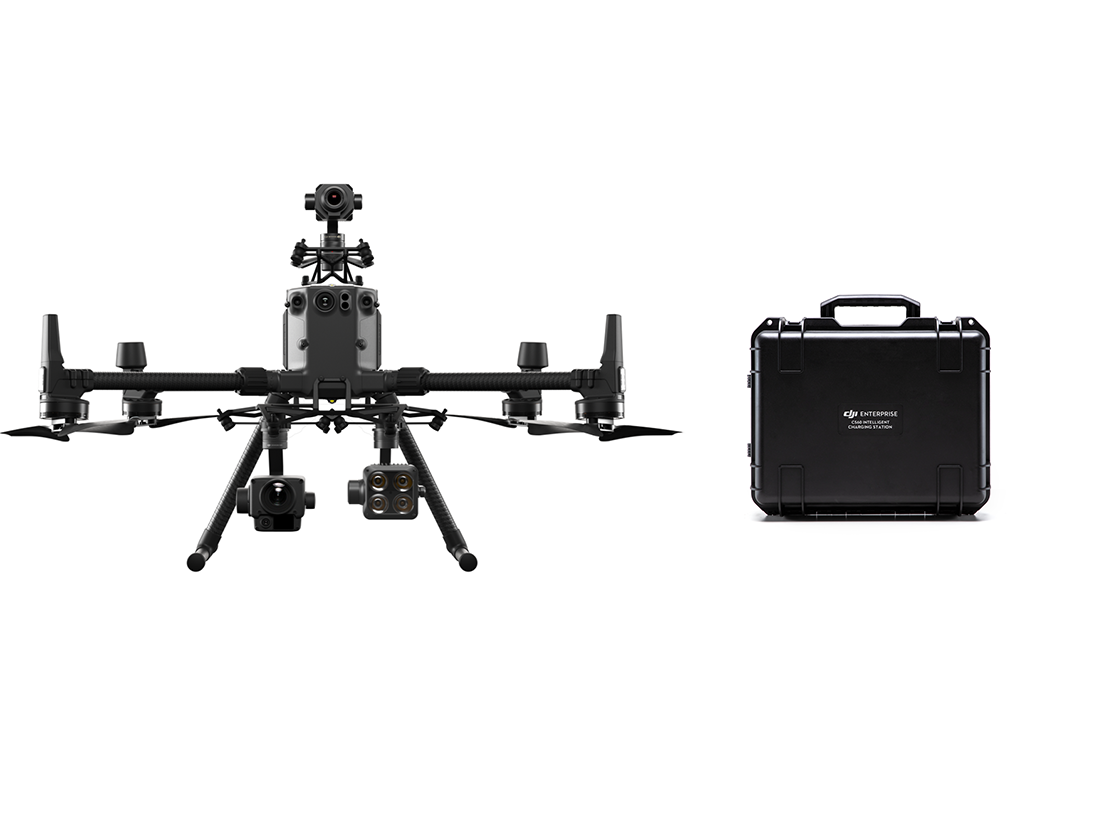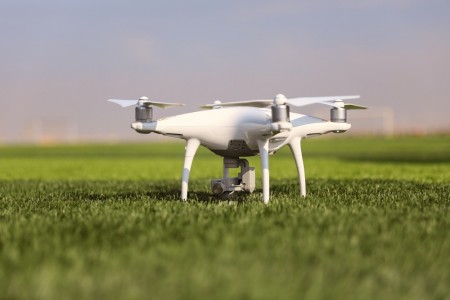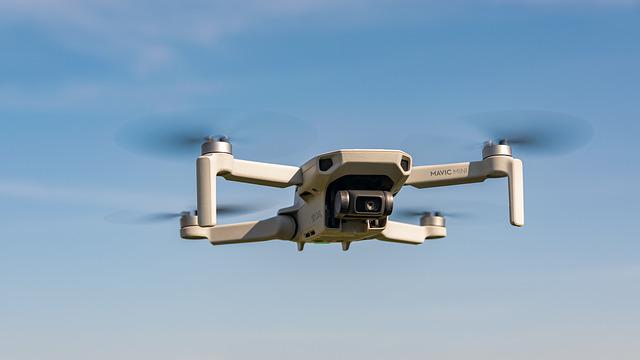
Level 1 autonomy in drone flight is already being used. These systems can operate without the intervention of humans and are capable of completing tasks on their own. Exyn, for example, has also developed drones with complete autonomy. Exyn's drones have lidar sensors that allow them to navigate through the environment with no human intervention. Here are some of the advantages of Level 1 autonomy for your drone. Let's get to know more.
Level 1 autonomy
The first step toward autonomous drones is the level of autonomy a drone has. At this level, the drone can work independently and only take short-term control of one vital function. While it is not capable of controlling its speed and direction, it can help with navigation, altitude, position, and other functions. The majority of drone manufacturers are now able to produce drones that have some autonomy. The pilot will still need to be responsible for safety, monitoring the airspace, and avoiding any untoward situations.
This level is far removed from being commercially available, and is still a long way away. First level autonomy means the drone can fly, so the human pilot must always be on alert and available to take control in an emergency. As drones reach higher levels of autonomy, they will no longer require human pilots. The drone will actually send alerts to human pilots when it requires assistance. By the time Level 4 drones are ready to be put into production, they will be so intelligent that they will even be able to navigate smoky buildings, find people in need of help, and carry out routine inspection tasks.

At this stage of autonomy, drones must be aware of predatory birds and humans on the ground. Although drones can track and fly objects, they are unable to fully understand the environment and make independent decisions. Pilots must scan the environment manually for other manned planes and yield to them if necessary. And they must also be aware of other manned aircraft, especially aircraft that may be attempting to swoop down and land.
The Exyn autonomous drones have reached Level 4 autonomy in human-free environments. They cannot fly above roads and people. They will eventually have to undergo the FAA Part 135 certification. AI and computer visualisation will address these safety issues. They can, however, make our lives more simple. However, we can't afford to be in the middle of it all. And until they are, we will never know.
Level 4 autonomy in commercial drones is still not available, but it is there. This level of autonomy has been achieved by some of the best drone manufacturers. Exyn drone is an example. It is autonomous level 4A. This means it can perform complex tasks like inspections and security. It can also collaborate with other drones. This means that it is already the most advanced.

FAQ
Is it a crime to fly drones?
Flying drones is an offense in certain countries, including Australia, Canada, Germany and Japan. It is legal in some other countries, such as France and Italy, the Netherlands, Poland, Russia or Switzerland, Turkey, Ukraine, and Vietnam.
What laws apply to flying drones?
The Federal Aviation Administration (FAA), which regulates all aspects drone operations in the United States of America, is responsible for them. To operate a drone commercially, you must first get a certificate from the FAA. You must then complete a course on piloting skills and pass an examination. Final, you will need to pay a fee.
Are Drones Banned Where?
The FAA has banned drones from flying near airports, stadiums, sporting events, nuclear power plants, hospitals, prisons, and other restricted areas. They do allow drones to fly at night with GPS technology.
How do you travel with a drone?
Drones have become increasingly popular for commercial and personal purposes. They are used for photography, filming, aerial mapping, search & rescue, and other applications. A number of new regulations have been approved by the FAA for drones. These include registration, licensing, pilot training and insurance. These changes will ensure that drones continue to be safe for all.
Statistics
- According to industry research from ZipRecruiter , there are 10 cities where the typical salary for a Drone Pilot job is above the national average. (dronesgator.com)
- With the top 10% making over $100/h and the bottom 10% making as low as $10/h. (dronesgator.com)
- According to ZipRecruiter, the minimum hourly wage of drone pilots is $20. (thedroneu.com)
External Links
How To
How to Fly Drones at a Beginning Level
A drone can be used to fly remotely controlled aircraft for photography, surveillance, scientific research, hobby and commercial purposes. Drones have been in use since World War II. However, commercial use began in 2010 when DJI released their Phantom series of quadcopters. There have been many drones made since then. These range from beginner-friendly drones like Parrot AR Drone 2.0 to more advanced multi-rotor craft like DJI Mavic Pro.
There are many ways to fly a drone.
-
Remote control - This allows you to control the drone from your hand. There are two main types of controllers: On/Off switches (like a radio) and joysticks.
-
Manual Control – This allows remote operation of the drone via GPS coordinates using a smartphone application. Follow the instructions of the app to track the exact location you want the drone go.
-
Autonomous flight - The drone takes over the piloting duties. It is basically flying autonomously and without human intervention. It must have a builtin camera, sensors capable of taking images and data to enable autonomous flight.
-
Triggered Flying - This method works in the same way as manual control. However, the pilot has to manually set up a route for the drone and it follows that route until reaching the endpoint. Once the programmed route has been completed, the drone returns to the base automatically.
-
Landing Gear - Some drones come equipped with landing gear that allows them to land safely if they lose power or run out of battery during flight.
-
Goggles: Some pilots use goggles in order to protect themselves against debris when operating.
-
Camera - You can capture photos and videos with your drone from the air.
-
Obstacles. Some drones can have obstacle avoidance technology that stops them from hitting obstacles.
-
Speed - Some drones can reach speeds of over 40 mph.
-
Battery Life - Most drones can last between 20 minutes to 3 hours, depending on how much power you're using.
-
Range - Some drones can travel upto 30 miles depending on their models.
-
Power source - Some drones need an external power source, while others use internal batteries.
-
Weight - Some drones can be as light as 1 pound while others can reach 4 pounds.
-
Size - Drones can range in size from tiny devices that can fit in your palm to heavy crafts that weigh 50 pounds.
-
Price - Drones come in a variety of price categories, including high-end models which can run into the thousands and low-cost options that can start at $100.